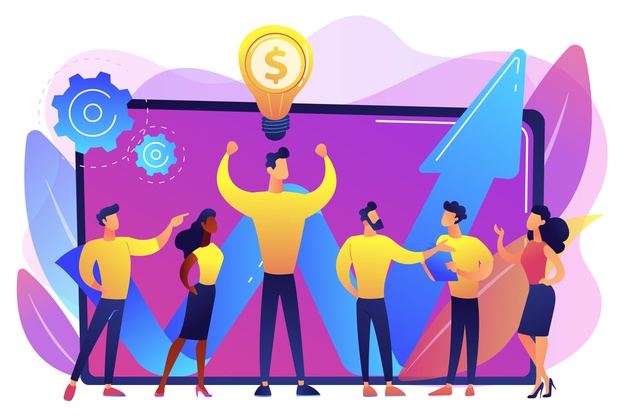How to Measure Intellectual Capital of an Organization?
Estimated Reading Time: 3 MinutesIntellectual capital is defined as the valuable knowledge held as a shared asset among employees or the expertise of individual employees. Knowledge management recognizes the value of knowledge and intellectual capital approaches attempt to give it value. The measurement of intellectual capital focuses on the intangible assets of an enterprise there are many approaches for measuring intellectual capital.

Perhaps the most widely recognized and easily understood indicator of intellectual capital is the difference between the market value and the book value of a company. You have probably seen examples of how great a difference there is for firms like Microsoft where the market value of the company is much higher than its actual book value. Another example is IBM’s purchase of Lotus for which they paid $3.5 billion dollars where the book worth of Lotus was $500 million. This difference is a measure of intellectual capital called market to book value. It is simple to calculate and it gives a better idea of the true worth of a company than the traditional balance sheet and it is also easy to communicate.
A Typology for Measuring Intellectual Capital
There are many published approaches for measuring intellectual capital which is the most important intangible asset an organization can have. As measuring these assets gets more attention, professionals are doing even more work and sharing their findings. Classifying this range of measures is difficult. However, after an analysis of different approaches for measuring intangible assets, Karl-Erik Sveiby developed an apology that is found extremely useful. This topology comes from a paper "Measuring models for intangible assets and intellectual capital" and it was published on Sveiby‘s website in the library section. In the paper, he includes a chart of different approaches, provides a classification scheme, and list the advantages and disadvantages of each approach. If you intend to measure intellectual capital, it is suggested that you read that article to learn more about these approaches. No one approach fits every situation. As always you will have to choose which is best for your organization.
The typology includes four types of measures:
- Direct Intellectual Capital Method (DIC): this measure estimates the value of intangible assets by first identifying the various components and then the components are evaluated either Singerly or together.
- Market Capitalisation Method (MCM): this is calculated by estimating the difference between the companies market capital addition and its stockholder’s equity. Market to book value is one MCM approach. This type of approach focuses on the perceived value of an organization in the marketplace, which can be volatile. Another is Tobin’s Q, the ratio of the stock market value of the firm divided by the replacement cost of its assets. The Tobin’s Q ratio is a measure of firm assets in relation to a firm’s market value. The formula for Tobin’s Q is mentioned below.
Tobin’s Q = Total Market Value of Firm / Total Asset Value of Firm. - Return on Assets Method (ROA): this method focuses on an average earning from intangible assets it is calculated by dividing the pre-tax earnings of a company by the average tangible assets. The result is compared to the industry average, and the difference is multiplied by the company is average tangible assets to get the average annual earning of intangibles.
- Scorecard Method (SC): In this method, you identify various components of intangible assets. You then generate indicators or indexes and reports these as numerical scores on scorecards or as graphics.
I will admit to a bias for scorecard methods, as I think they provide better knowledge and more information in context for an actionable understanding. However, the fact that they are contextual is a disadvantage, as it makes them difficult to compare across organizations. They also have to be developed for each organization, although some measures are applicable across a range of organizations. One last drawback is that they can produce mountains of data, hampering the analysis of producing total analysis paralysis. However, they still get my vote.